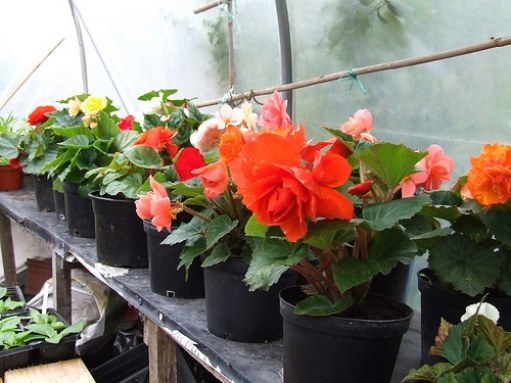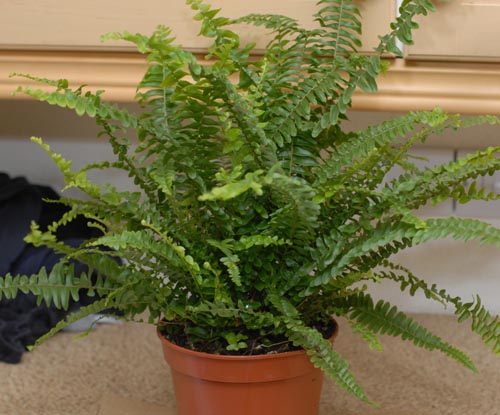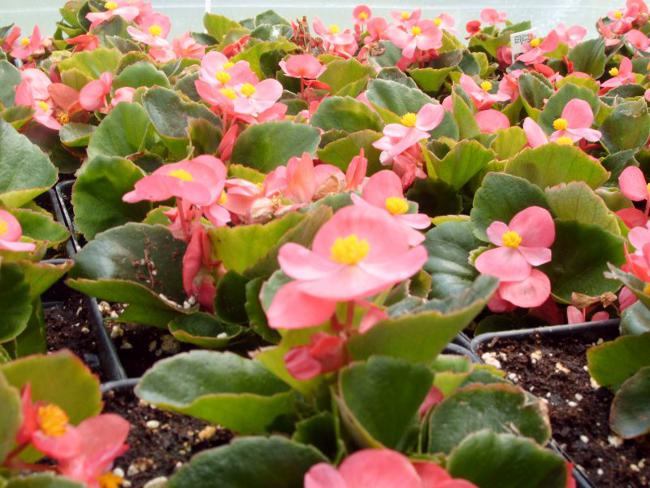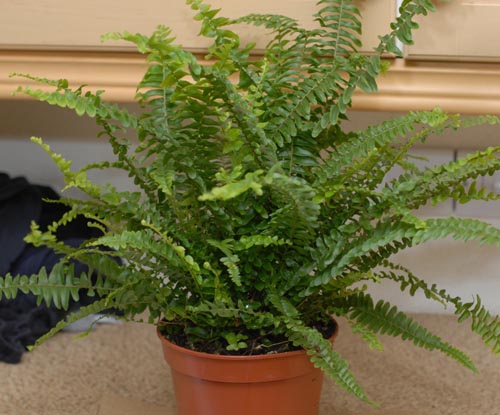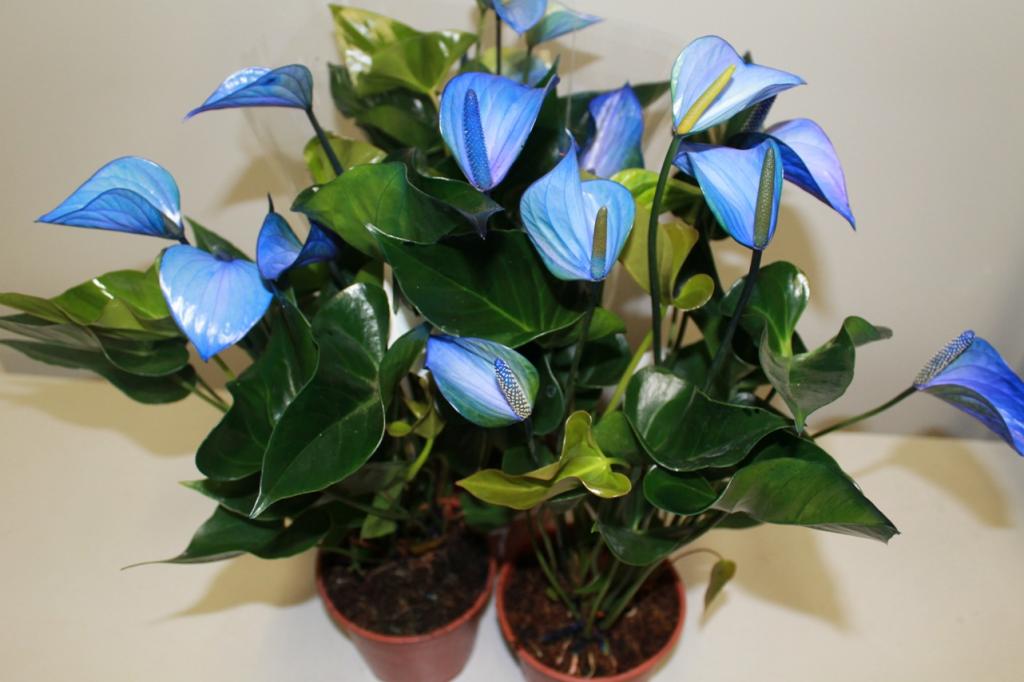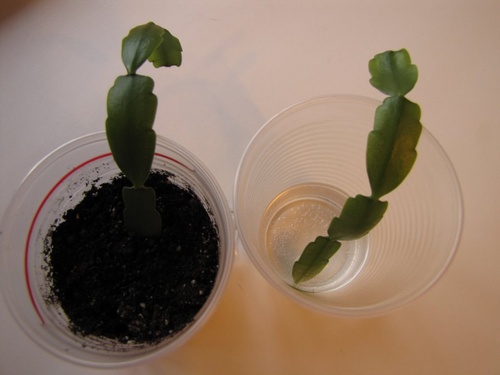Begonia: home care
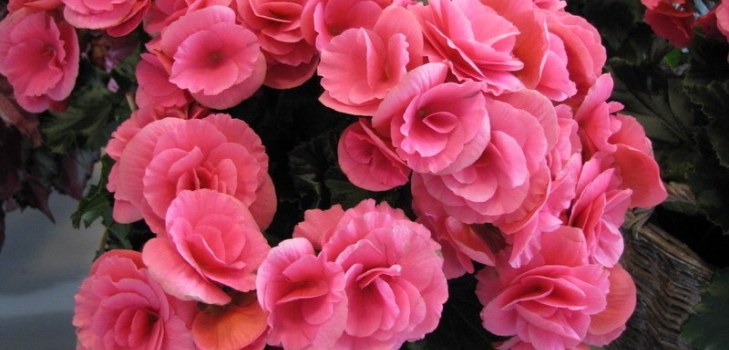
Begonia is a herbaceous plant that has a lot ofvarieties. To date, there are more than a thousand species and more than two thousand hybrids. In general, begonia has large flowers of different colors or small flowers, which are surrounded by huge asymmetrical leaves. The native land of the plant is South and Central America, where flowers were first discovered by Charles Plumier, a French botanist.
Classification of a begonia flower
At home, it is not very difficult to grow a plant. This task is possible even for a beginner floriculturist.
Divide into three groups:
The bush.
Tuberous.
Ornamentally deciduous.
In view of the fact that there are a lot of varieties, it is not difficult to choose or take out an original flower for yourself.
But to acquire such an ornament is only part of the matter. An important role is played by proper care for begonias. And for this you need to know some rules. Consider them.
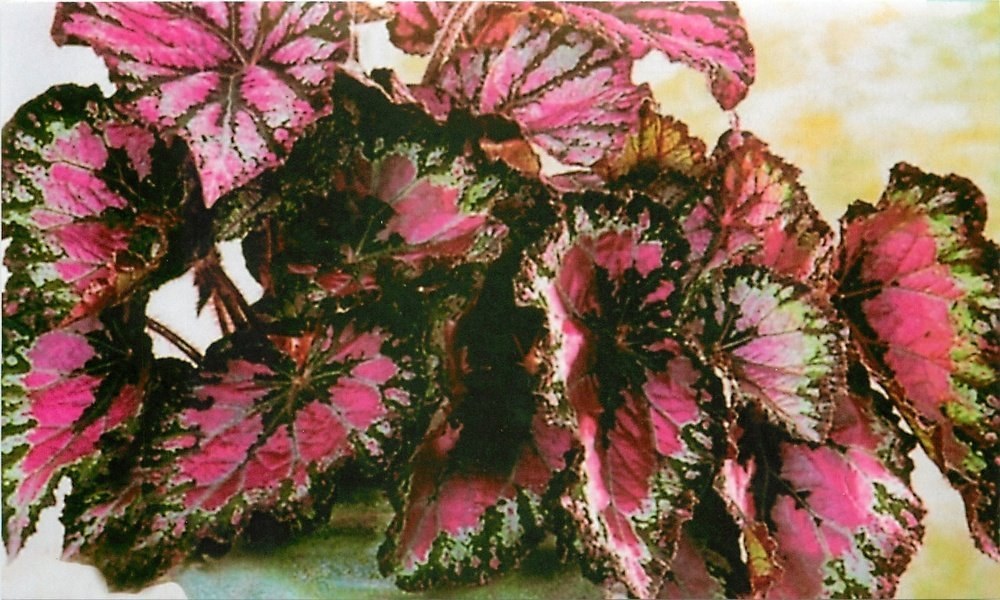
Begonia: home care
Lighting
Begonia is a sun-loving plant. It should be located in well-lit places, but it should be protected from direct sun rays. Also it is worth knowing exactly what kind of plant you have. For example, deciduous varieties need to be darkened.
Correctly dosed irrigation
Watering should be moderate, in no case can not be poured. In winter, the amount of water should be reduced. Almost all tuber varieties in winter are not watered, but stored in a peat mixture.
Moisture of the environment
This factor should be given special attention. To the humidity, begonia flowers are very demanding, it must be high enough. An interesting fact is the moment that all the leaves do not tolerate the ingress of water on their surface. On the wet spot, almost instantly, there are yellow-brown spots. Accordingly, they are not advised to spray, as well as to plant on outdoor flower beds. It will be very convenient to place the pot near the aquarium or next to another source of water.
Temperature
Since begonia care at homerequires attention, do not forget about the temperature. The level of the thermometer should vary between 18-20 ° C in summer and at least 18 degrees in winter.
Reproduction
The process of reproduction is not very time-consuming. You can arrange the flower in many ways, namely: by seeds, by dividing the bush, by cuttings from stems and leaves. The optimal period for this process will be spring.
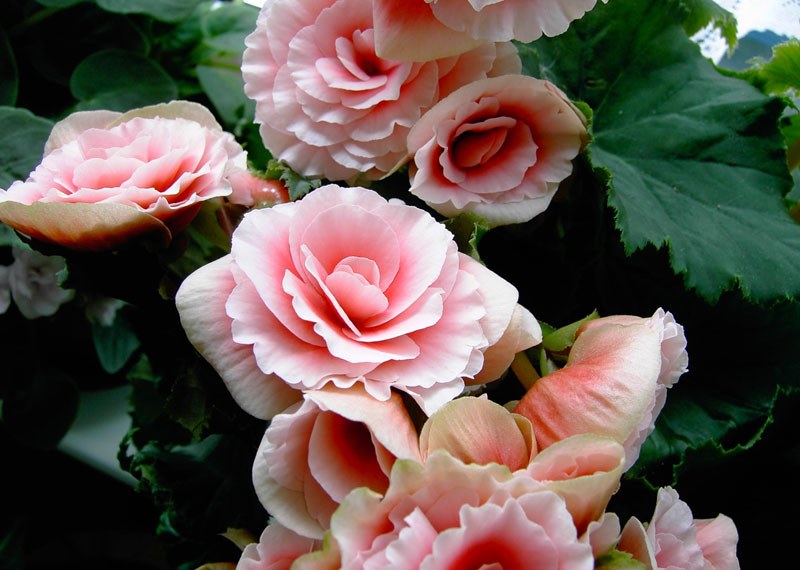
Cuttings reproduction. Is one of the easiest ways. Cuttings, having 3-5 leaves, are cut off, processed with crushed coal and placed in peat soil or sand. After a month of moderate watering, the plant takes root.
Artisanal division. Suitable for shrubs with well-bushes spread over the ground. The bush is divided into several parts in such a way that it is on all parts of the flower.
Rhizomes. Divide this way deciduous begonias during transplantation. The root is cut or torn to pieces, but so that on each of the parts there are kidneys. The cuts are sprinkled with pounded coal and ground.
Seeds. The best time to plant seeds is February and March. Seeds are placed on the soil, but do not sprinkle them. Watering is made from an atomizer. Top covered with glass.
Leaves. Broad-leaved begonias have pronounced veins. Reproduction occurs by cutting the main veins and laying in moist sand.
During flowering, especially when indoor begonia blooms, it requires additional fertilizers. Basically, these fertilizers are nitrogenous or phosphate-potassium.
Begonia (photo) will be an unsurpassed element of the decor of your interior. Thanks to several rules, the flower will be a nice addition to your front garden.
